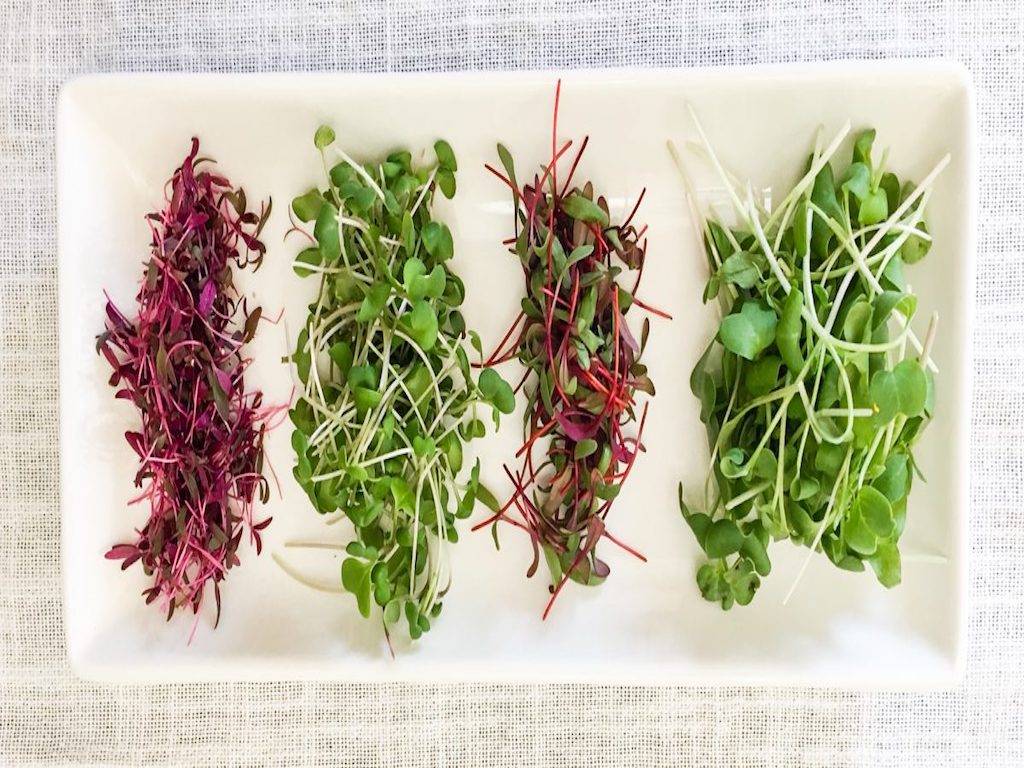
Have you ever felt like you're caught in a cold snap while trying to cultivate microgreens? We guarantee that these tried-and-true suggestions would be of great assistance to you. It isn't necessary to be a genius to grow microgreens. It should feel like you're strolling around a tropical paradise with little to think about. Isn't it easier to say than to do? We wish anyone had told us about these tips when we were first trying to reap.
Quality of Water:
An hydroponic tank is supplied with water at the start of a microgreens harvest. Water is constantly lost from the system, mostly from the microgreens crop's leaves, through a mechanism known as transpiration. The amount of water in the device, on the other hand, is kept steady by the automatic replacement of wasted water.
This is accomplished by a float valve in the catchment tank, which allows water from an external source to flow into the microgreens system if required. Normally, dissolved compounds would be present in this make-up bath. The type and quantities of compounds of solution of water can vary depending on where you are. If the microgreens crop plants do not extract these compounds from the water at a faster pace than they are supplied in the make-up water, their concentration in the recirculating water in the microgreens environment will rise before it reaches a concentration of one ion, at which point development will be adversely affected, and ultimately a poisonous concentration will occur.
Rainwater or water condensed from moisture-laden air is ideal for developing microgreens. There are almost no dissolved compounds in the water from these two outlets. As a result, there is no build-up of extra ions in the make-up water that enters a hydroponic system.
Filtration:
In a microgreens hydroponic system, very little filtration should be needed. Filtration is not needed if the make-up water does not contain suspended solids and the process of helping the young microgreens plants does not release solid particles into the recirculating solution.
The only precaution to take would be to position the circulating pump's inlet in the catchment tank as far away from any solution returning from the microgreens hydroponic device to the tank as possible, as well as near the surface of the solution in the tank. The tank would act like a sedimentation tank, with the recirculated solution taken from the clear solution at the surface.
However, where there is an issue with solid particles in suspension, a course filter can be installed over the catchment pipe's outlet end, so that the returned solution passes through the filter and into the tank.
Death of the Roots:
The root structure of a microgreens crop can be easily examined. As a result, if any roots perish. Their death is clearly seen and witnessed in all of its horror. Roots are so fundamental. Will the whole microgreens plant perish if so many roots die? The death of roots in a soil-grown microgreens crop is not visible. Tomatoes have been the subject of the most research on root death.
In the 1950s, three English researchers (Leonard, Head, and Cooper) at the Chestnut Experiment Station used glass-sided inspection trenches dug alongside rows of soil-grown tomatoes to capture root growth visible through the glass. Since most commercial tomato crops in southern England were not sown before December at the time, all three workers studied plants from December sowing dates. They all recorded a rapid and noticeable loss of roots in May, with up to 90% of the roots evident in the glass panel immediately dying and decomposing. Since the growth rates of the plant's tops were also reduced, the anomaly was dubbed the 'May Check.'
You could be caught in a rut if you don't follow these suggestions. This suggestions are guaranteed to work. You can't really go wrong if you follow these simple rules. These are the basic requirements for growing microgreens. Keep in mind that continuity is crucial!

















